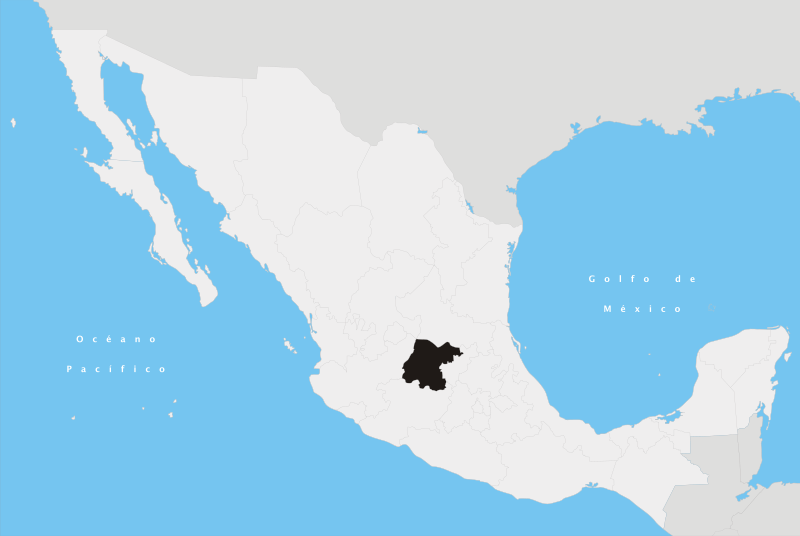 |
| My hairy old man! |
I bought it at the Missouri Botanical Garden in 2007 at the gift store there. It was a tiny little plant and it has resided in my dining room West window now for 6 years. It hasn't grown by leaps and bounds, but I didn't expect it to. The reason for its name is obvious, but why is it hairy? What is the hair? I'm one of those people that ponders such things. Don't ask me why. I always want to know more about plants and how they work and why. So, I investigated. Here's what I found out.....
The name comes from the Greek word "Kepale" meaning head, the Latin word "cereus" meaning a wax taper (candle), and the Latin "senilis" meaning old or aged man. It is a tall, skinny, taper shaped plant with a white hairy top. I obviously can understand where it got its name.
The "hairs" are really modified spines called radial spines. The central spines are the spines coming from the center of the areole. What is an areole? Areoles are what differentiate cactus from succulents. Aeroles are small brownish bumps that the spines originate from. Succulents such as Euphorbia milii, crown of thorns, have spines but no areoles. The "hair" or radial spines are specialized spines that are produced around the edge of the areole. Why is this plant growing hairy spines?
 |
| Photo from Wikipedia. Natural habitat of Cephalocereus in Central Mexico. |
The hair is used as protection from the sun in its native habitat in Guanajuato and Hidalgo, in Central and East Mexico. (See map for the location of Guanajuato. Hidalgo is to the right of Guanajuato on the map.)
It is also a secondary defense system against its enemies, the central spines it is hiding are the first. The more sun your plant gets, the longer the hair grows, for more protection. The bad thing about having these hairy spines on the plant, is that you could overlook the fact that you have insects, such as mealybugs. They would be well hidden under the white hair. If the hair on your plant gets dirty, you can even wash it. Use a mild soap, such as Ivory dish soap and a soft brush, rinsing well. Check for bugs at this time. Its flowers may be red, yellow, or white but won't be seen until they are 10-20 years old and 20 feet tall. So, I'm thinking we won't ever see any in our homes.
In their native habitat, they are vulnerable to extinction. It is such a unique plant, it was harvested too much. Who wouldn't want this interesting plant? Now, its popularity has led to greenhouse growers producing it in large numbers. This will hopefully keep it from extinction in the wild. I love this plant and think it is so interesting that it grows its own sunscreen!
 |
| See the central spines sticking out among the "hair". |

No comments:
Post a Comment